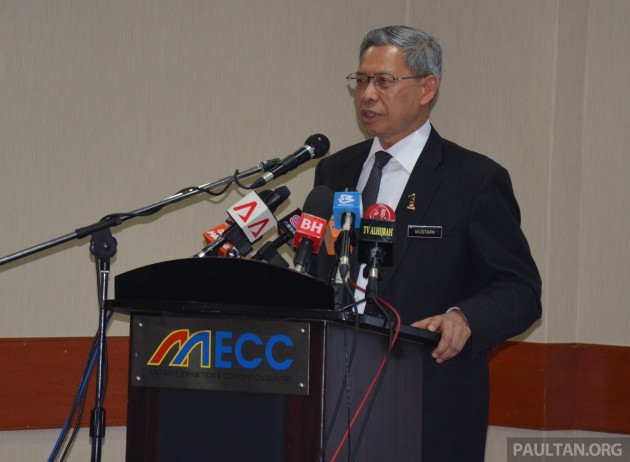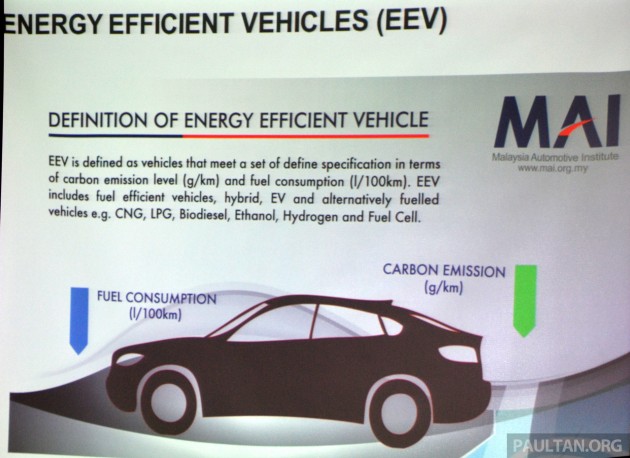
The Ministry of International Trade and Industry (MITI) is set to provide details of an upcoming review of the 2014 National Automotive Policy, along with information on a number of companies who have established facilities for energy efficient vehicles (EEV) in Malaysia, come January next year, The Star reports.
"Next mid-January, I am going to have a stock take on the NAP. The NAP is one year old and there has been some progress and we will share more details of what has been happening in the next briefing," the English-language daily quoted MITI minister Datuk Seri Mustapa Mohamed as saying. He was signing five memoranda of understanding (MoU) with corporations for the vendor development programme.
Mustapa also voiced his concerns regarding the drop in performance where the export of locally-made vehicles is concerned. Talking to The Star, he commented that the local auto and parts manufacturers "have not done well at all" compared to firms that have pursued business cases abroad.
Citing export numbers as an indicator for the industry's performance, Mustapa noted that Malaysian auto makers and its affiliates face stiff competition from more established international players, along with China. "One day we have to face competition coming from China. China will be an important player in the next few years," he added.

Carmakers that have either established EEV facilities in Malaysia, have been given an EEV manufacturing licence or produce vehicles that have been granted EEV status so far include Perodua (for the Axia), Great Wall (for the M4 and H6) and Mazda (for SkyActiv cars).
Under NAP 2014's EEV programme, "customised incentives" - including lower taxes, grants and others - are given to carmakers who are interested to participate. In its simplest form, the EEV is defined as a vehicle that meets a set fuel consumption figure for its kerb weight, regardless of its method of propulsion or engine displacement (see table here).
If a carmaker builds its EEV(s) locally and wishes to take advantage of the incentives, it has to apply for EEV certification from the government, much like Thailand's Eco Car programme.
However, unlike our northern neighbours' scheme, we have no minimum investment or minimum annual production pre-requisites - but we also don't know exactly how much carmakers get here in terms of incentives. Perhaps MITI will reveal more in January.


No comments:
Post a Comment